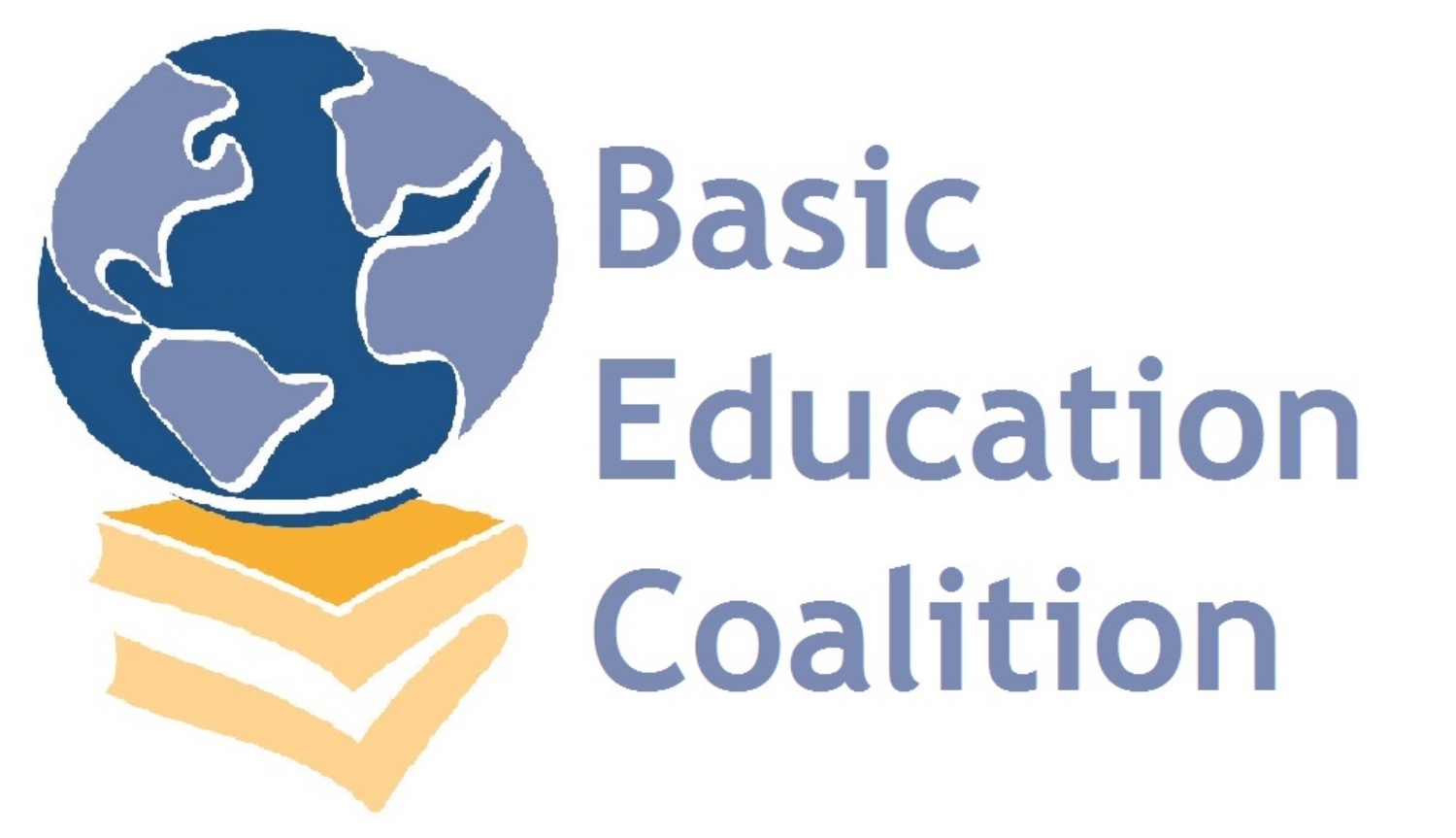Written by Liesbeth Roolvink and Gillian Mackay | Sightsavers | Basic Education Coalition member
October is Learning Disabilities Awareness Month. In its honor, let’s discuss disability inclusion, and how it has long been a neglected, under-prioritized issue in international development.
Around the world, an estimated 244 million children are not in formal education, and Nigeria has one of the highest rates of out-of-school children in the world. Many of these children are girls with disabilities, who often experience double discrimination based on their gender and disability.
But since the United Nations’ Transforming Education Summit last September, there has been an increased understanding that Sustainable Development Goal 4 – inclusive, equitable quality education for all – cannot be achieved if children with disabilities are not included. Identifying children with disabilities and special needs is critical to realize a truly inclusive education system and provide the support they need to thrive, yet there is a lack of reliable data on disability and little evidence about what works best to identify these children.
Abdullahi, who has a visual impairment, receiving support from his teacher at school in Nigeria.
To address these challenges, the Support Mainstreaming Inclusion so all Learn Equally (SMILE) project in Kaduna, Nigeria was developed. SMILE is a community-driven initiative to promote inclusive education in mainstream schools so that all children can successfully participate in their local school. The project is managed by a steering committee, bringing together government representatives from the federal, state and local level and representatives from organisations of people with disabilities (OPDs) with support from Sightsavers, meaning that learnings will help to strengthen the local education system.
Based on an in-depth situation analysis of the barriers to education in Nigeria, the steering committee recognized that in order to support children with disabilities to thrive there needed to be a better understanding of each child’s individual learning needs. To address this, the project piloted the use of the Child Functioning Module (developed by the Washington Group/UNICEF) during school enrolment.
The module is a questionnaire, administered by teachers and answered by parents or guardians, and is used to determine if a child has difficulties with any day-to-day tasks that may mean they struggle in a learning environment. It identifies functional difficulties in the areas of seeing, hearing, mobility, self-care, fine motor skills, communication and information processing, rather than providing a medical diagnosis or condition.
If a child is identified as having a functional difficulty, this information is shared with their parent or caregiver with recommendations for further medical assessment. To help parents feel that they’re not alone, the school also provides information on resources to support them through a dedicated parent support guide. The design of this guide was led by OPD partners and includes a directory of services for follow-up support.
Parents are given the parent support guide developed by OPD partners and Sightsavers.
What we learned from the pilot
The initial outcomes of the pilot in eight schools showed that among the 671 newly enrolled students, teachers identified 166 children with additional support needs and recommended educational interventions and medical referrals to parents. The teachers’ feedback on the use of the Child Functioning Module was positive: they considered it a practical way to learn better what a child’s requirements are and how to adapt their teaching and classroom to best support them.
As well as providing training on administering the questionnaire, the SMILE project also supports teachers to make these adaptations and supports school-based management committees and parents to create the best environment for each child. Zachariah, one of the teachers who received training, found this training valuable:
“As a teacher, the Child Functioning Module has given me a guide on how to handle children with disabilities… those who used to think people with disabilities have no impact in society are beginning to see that they have impact… They enroll them in school so they have access to knowledge just like the other children.”
Teacher Zachariah has seen the impact of the module in his school and community. All images © Kabantiok Solomon/Sightsavers
Parents also shared that the project has encouraged them to enroll their child in the pilot schools:
“The school-based management committees came to our community, and it was through them I knew I could enroll my child in school. I became more convinced that my child could do well when I started attending sensitizations led by people with disabilities. There was one who came and said she’s a lawyer. I was impressed. Seeing the woman, I made up my mind that my daughter will go to school and become like her.”
“I believed my child could do well when I started attending sessions led by people with disabilities.”
The long-term impact
The SMILE project has shown how vital early identification of functional difficulties is, and what a difference it can make in the lives of children with disabilities from a young age. By using the Child Functioning Module and tailoring their teaching accordingly, schools can help foster stimulating environments to support the development, inclusion and active participation of children with disabilities.
The SMILE project has helped to strengthen the local education system, and is being shared as an inclusive education model with the Nigerian government. It is also guiding the approach for the Partnership for Learning for All in Nigeria programme, the UK government’s flagship education programme, which is now underway to support foundational learning for all children including those with disabilities.
This project is part of the Inclusive Futures Disability Inclusive Development programme, funded by UK aid. Please find Sightsavers’ original blog post here.








